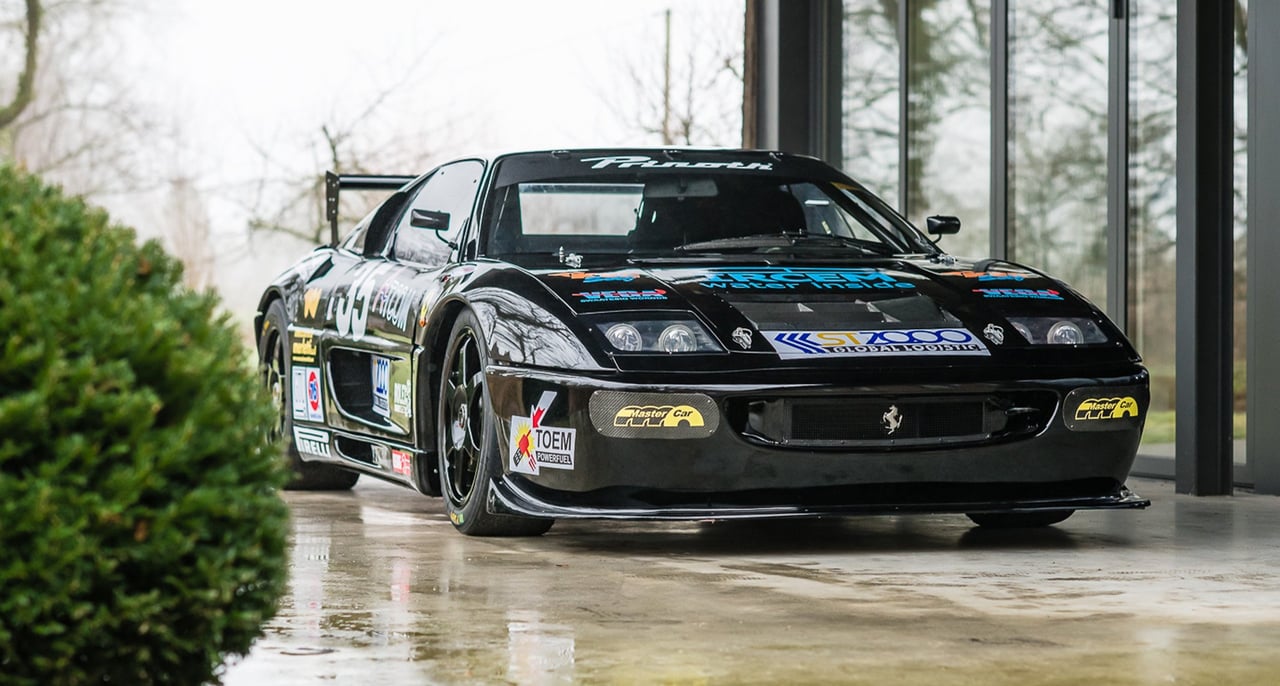
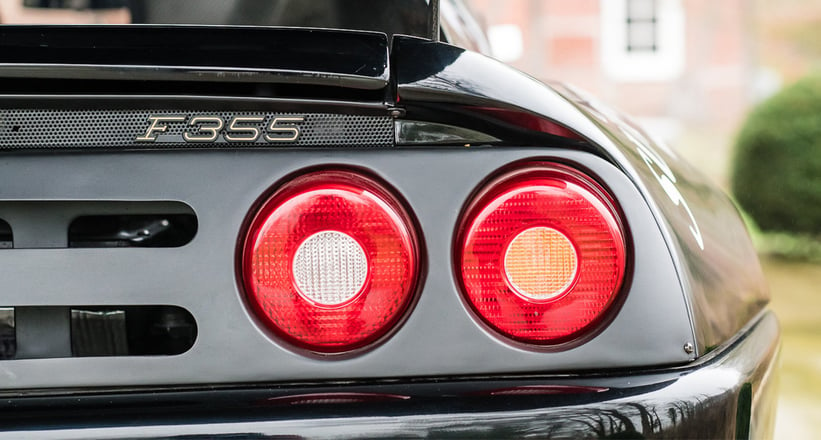

These days, Ferrari’s Challenge cars are basically full-blown racers, but back in the 1990s when the Ferrari Challenge programme was in its infancy, cars like the 348 Challenge were almost identical to their road-going counterparts, except for added slick tyres and stiffer suspension. If you were looking for something a little faster, the Michelotto-built 348 GT/LM had proven to be quite the weapon on track, but when it came to the 348’s replacement — the now-legendary F355 — the Challenge car was as fast as it got. That is, until driver and engineer extraordinaire Franco Scapini got involved.
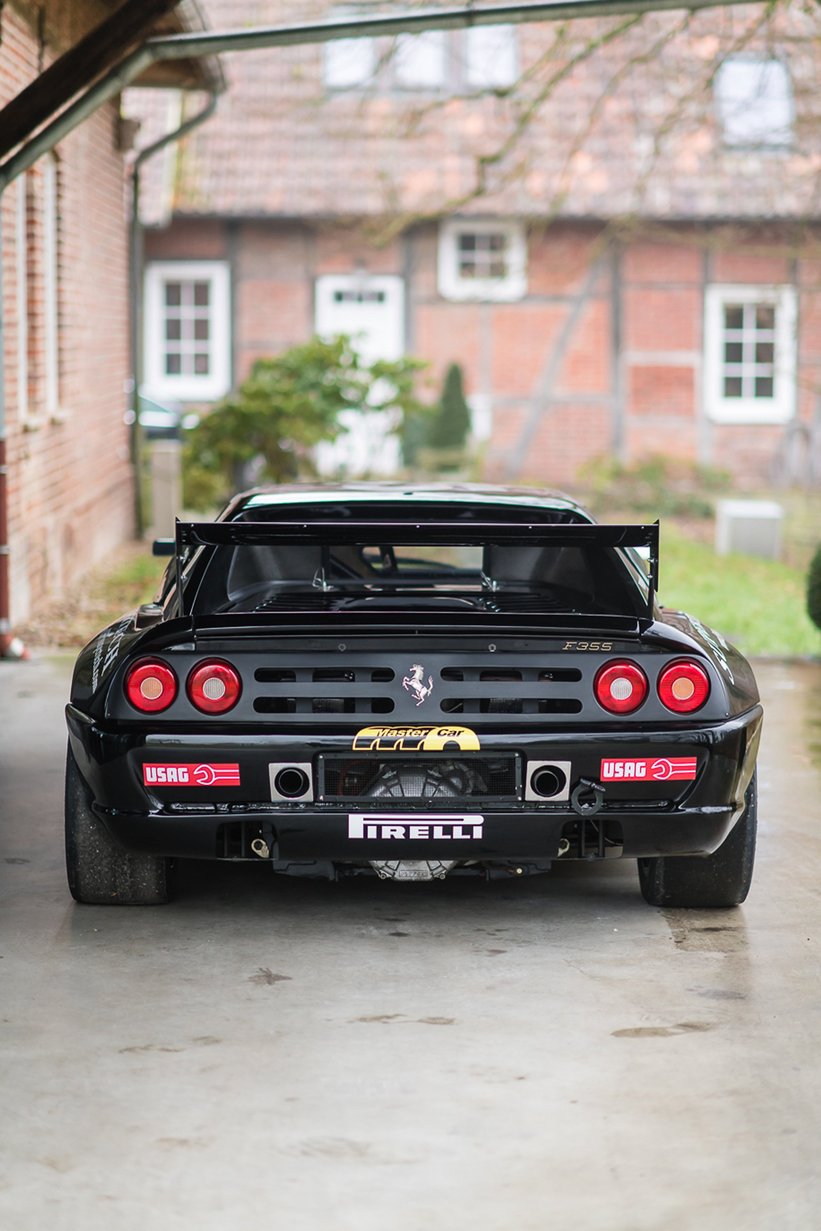
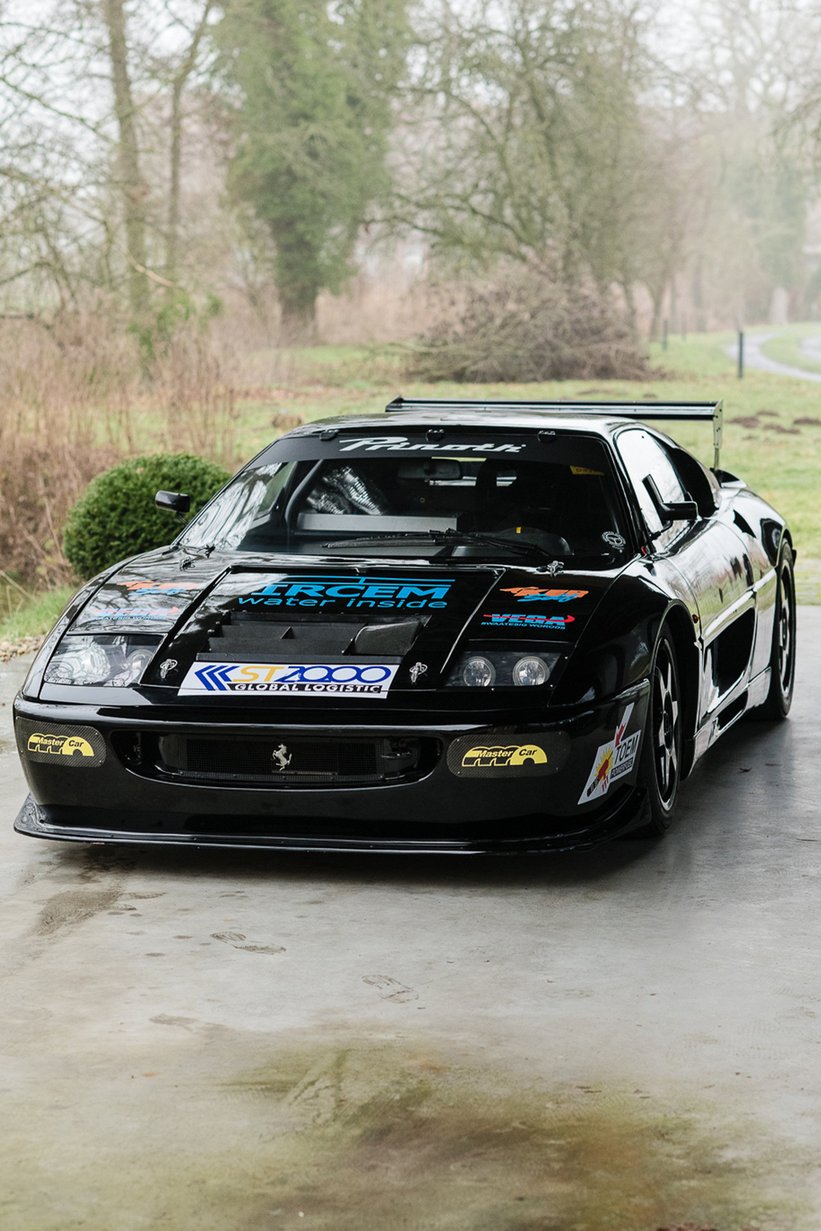
Franco got his first taste behind the wheel at age 14 racing go karts, but he quickly climbed the motorsport ladder, competing in F3, F3000, and even in the World Prototype Championship where he piloted the monsters of the Group C era such as the Lancia LC2. Eventually, Franco would break into motorsport’s pinnacle as a Formula One test driver, and while he would continue to race in Indycar and the GT series, he was not bound to the tarmac alone. Franco fills me in: “I also joined a powerboat F1 team. We built the boats both for factory use by the team and for numerous customers. I was team manager and also part of the technical design team. During my time in powerboating, I won 8 world championships, two European championships and two world speed records. Today I still do motorsport consultancy and have interests in aeronautics. I often fly executive jets.” So, it’s safe to say that going fast is in Franco’s blood.
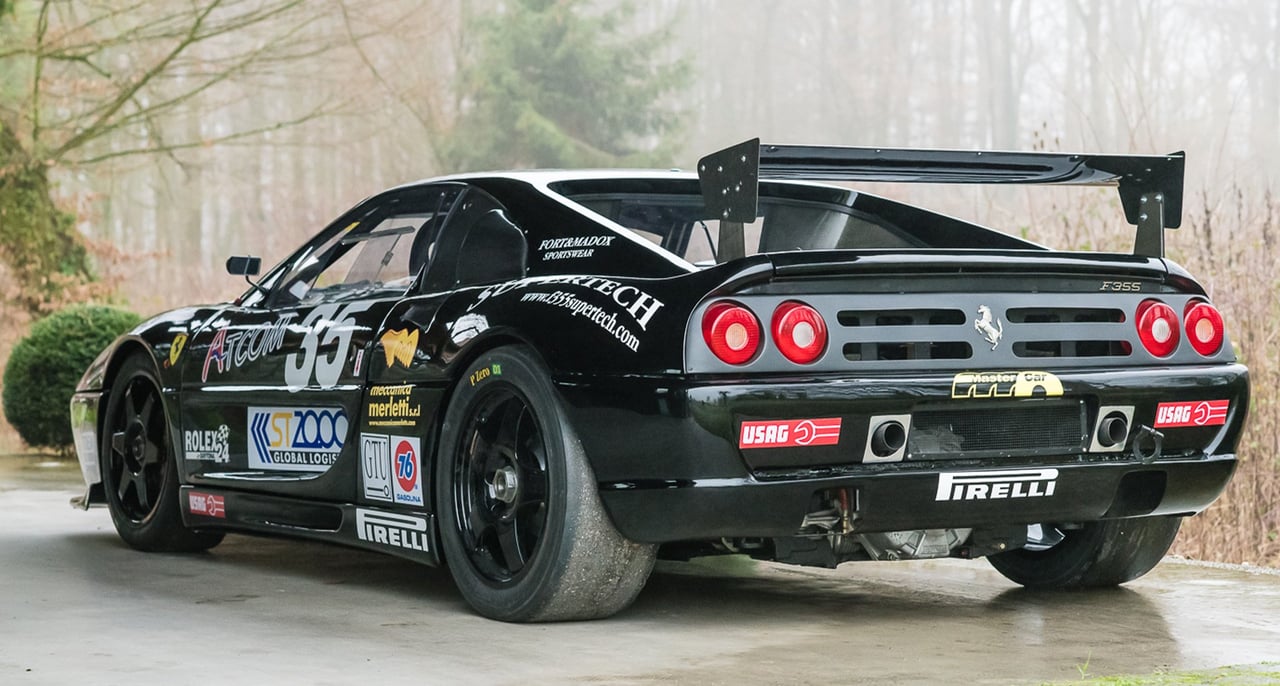
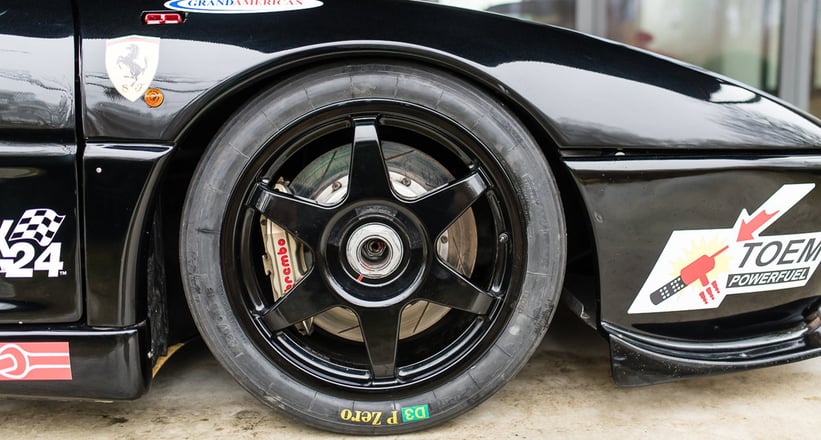
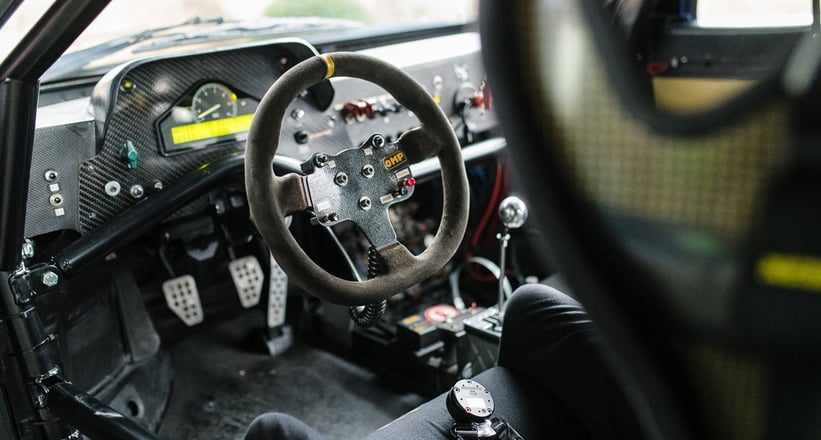
By now you might be wondering how he came to produce the glorious Ferrari GT3 car on your screen, and in some ways it was a move that was “forced” onto him. Franco explains, “My father had an official Ferrari service workshop. We raced with this car in the Ferrari Challenge, but I thought that something more powerful could be done for advanced sports customers. The F355 Challenge objectively had a very low limit, and when I drove it for the first time I thought, 'this is just like a normal car.' It wasn’t fun to drive, which is why I decided to develop it and made the proposal to Ferrari, who gave me permission to test at Fiorano.”
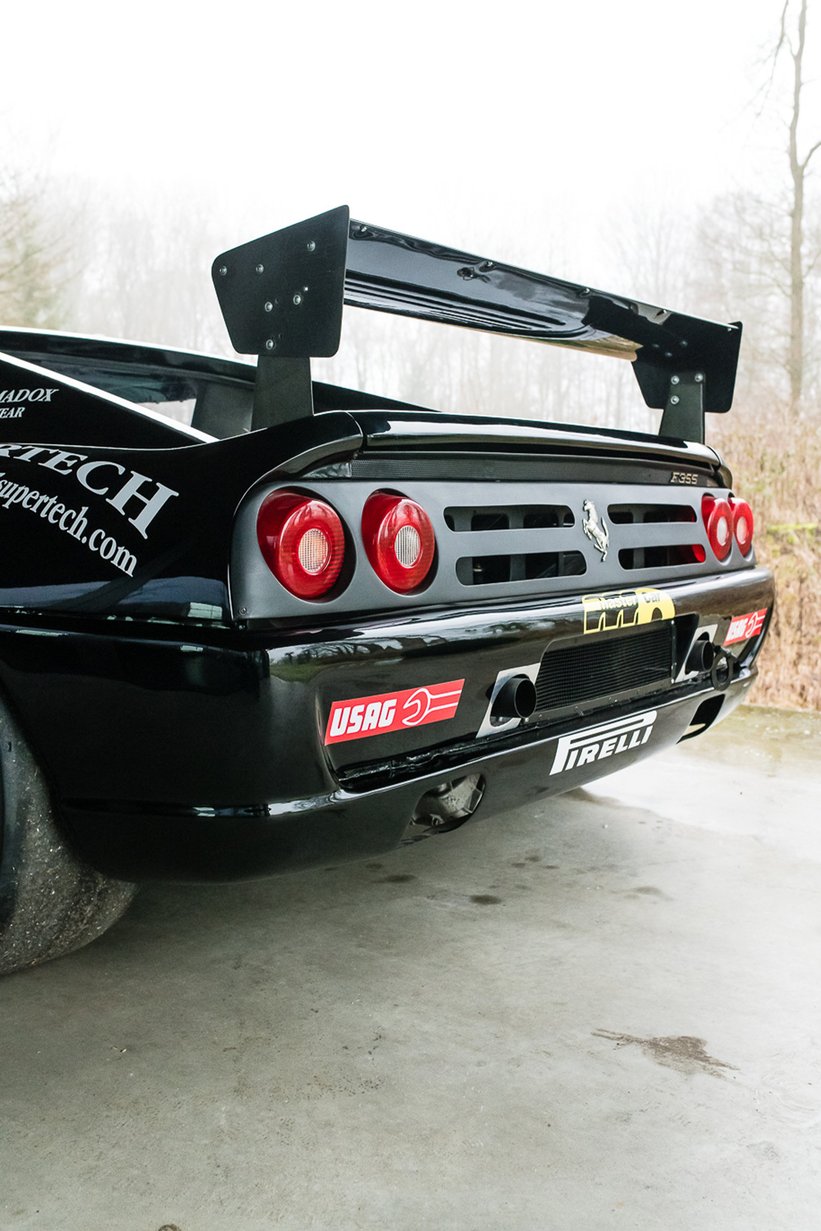

So, Franco got to work, designing all the modifications necessary to transform it from the Challenge version to the GT3 version you see here, all in compliance with the FIA regulations of that time. “We reconstructed everything,” says Franco. “Suspension, engine, chassis, and body parts. We did everything ourselves at my father’s workshop in Gallarate (VA). The car, in the end, came out really well, and it was a real racing tool. I had done it the way I wanted and meant it. The car is now lighter with many parts rebuilt in composite materials; it has an upgraded aero kit, completely revised uniball suspension and brakes, a proper racing clutch, and an engine which was good for 430hp at 9.200rpm. When we put the car on the track, it was on the weight limit at the time for GT3 rules — around 1148kg. We cut around 250kgs compared to the F355 Challenge. After a lot of testing and improving, it was time to race the car.”
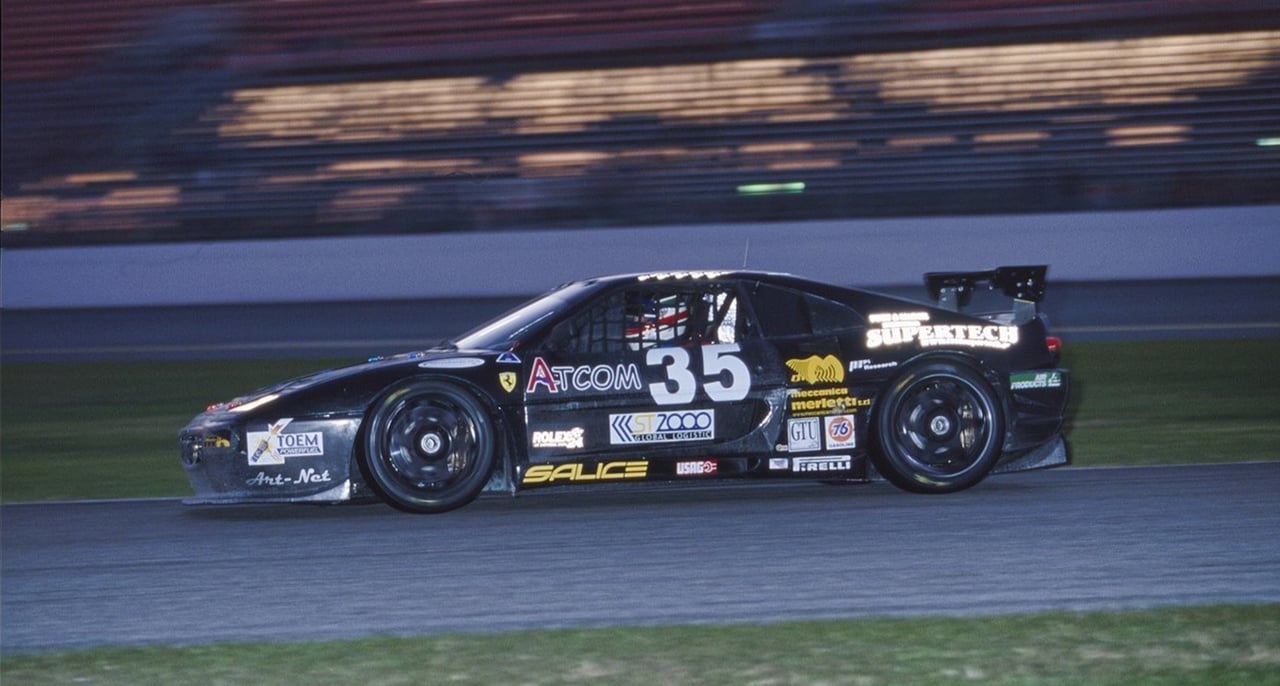
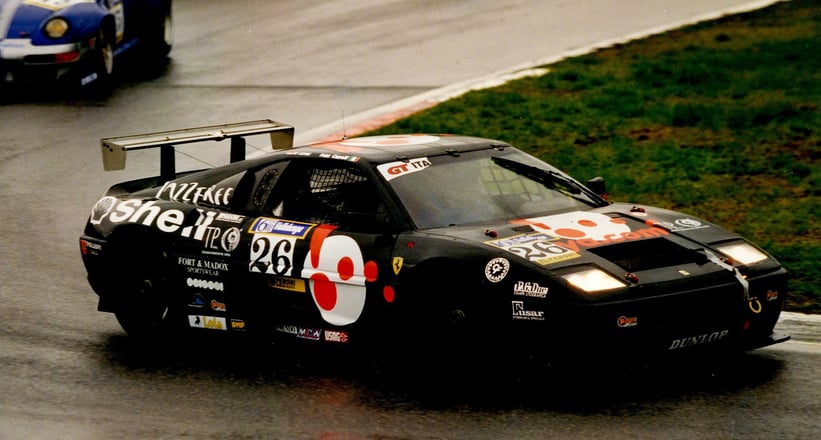
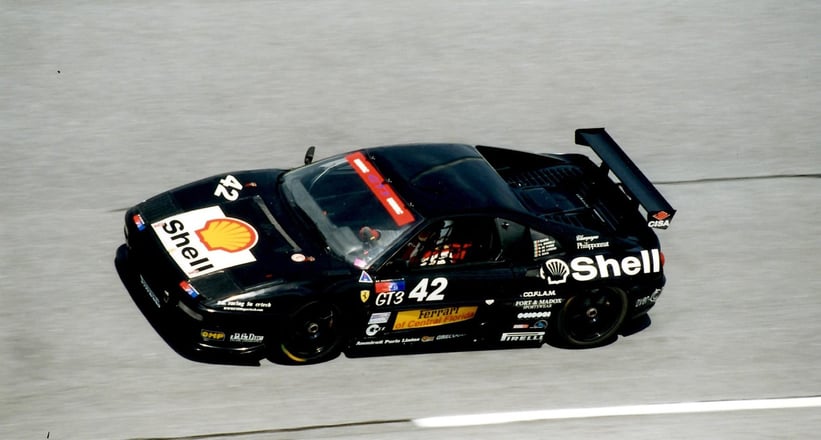
As for how it drives, who better to tell us than the man who designed and raced the car himself: “First of all, the car was very good in the wet, usually most cars aren’t that easy to drive in rainy conditions. Thanks to the aerodynamic development we did, we were able to use an easy set up. The car was easier to drive in the wet than in dry conditions. In the end, the sensation was closer to a sports prototype car than a supercar.”
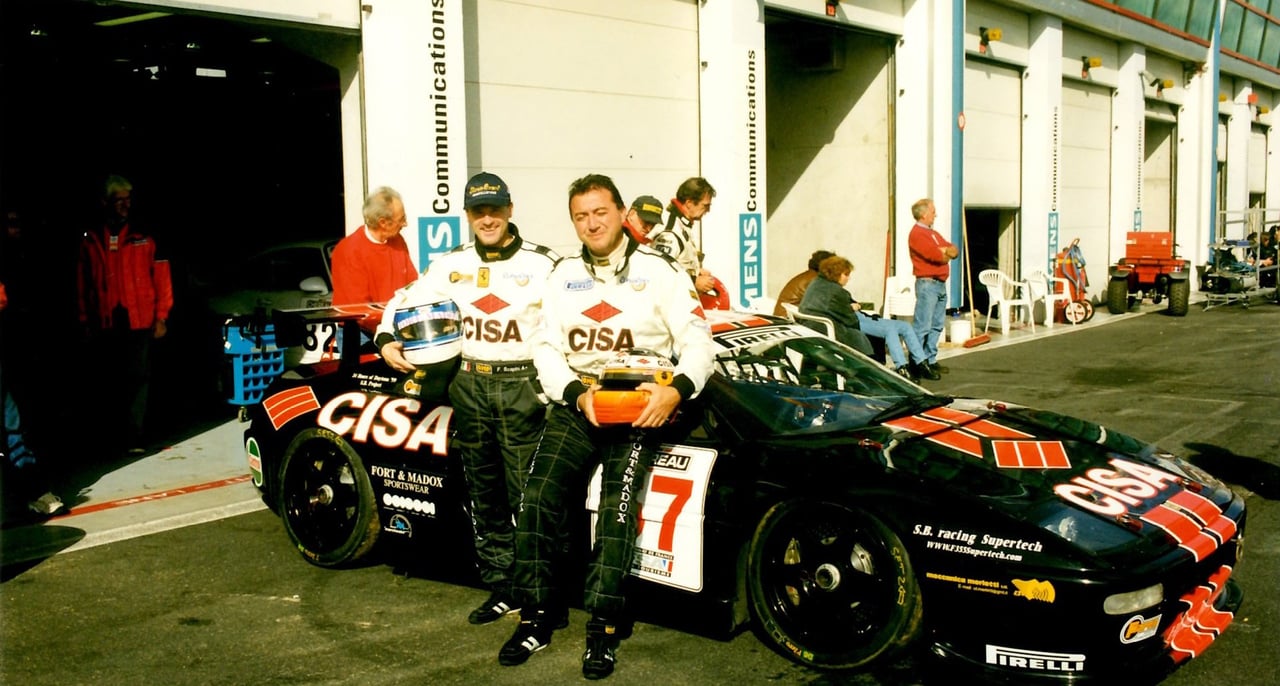
In the end, Franco’s F355 GT3 proved to be quite the weapon on track — even competing three times at the 24 Hours of Daytona — which was extremely impressive given it hadn’t been developed from the get-go with racing in mind, unlike the competitors from Porsche and Venturi. Franco reflects happily on his time with the car, but there are some clear stand-out moments. “The best race? I might remember the two I won in Albacete in the Spanish championship and the one at Misano in the Italian championship. On both occasions we finished on the podium alongside cars in the GT2 class, despite the F355 only being a GT3…” Ferrari had caught wind of Franco’s success at the wheel of his F355 GT3, and with the development of the Michelotto-built 360 GT3 nearing completion, they asked Franco to stop development on his own GT3 Ferrari.
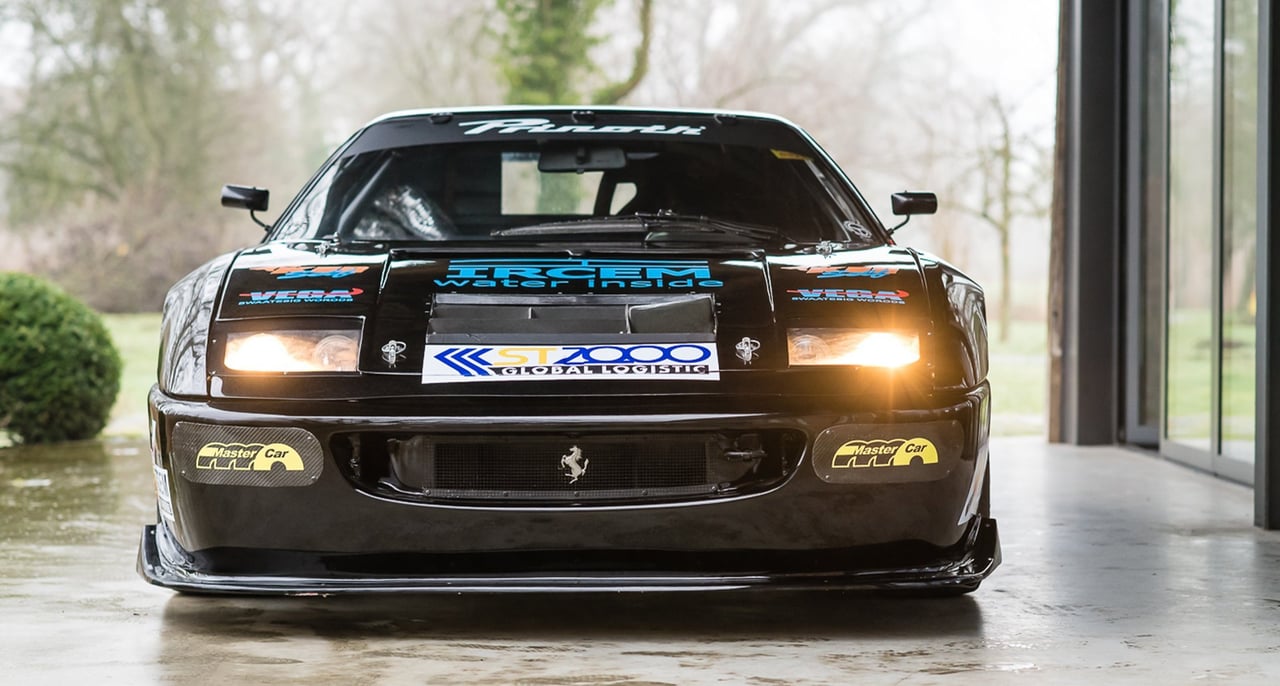
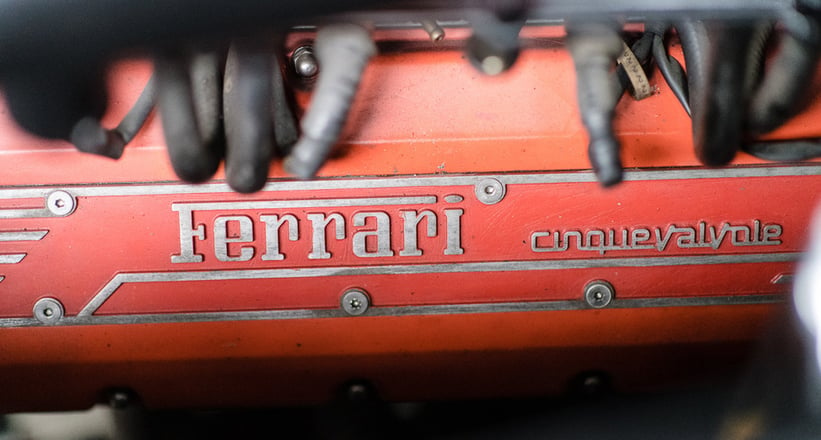
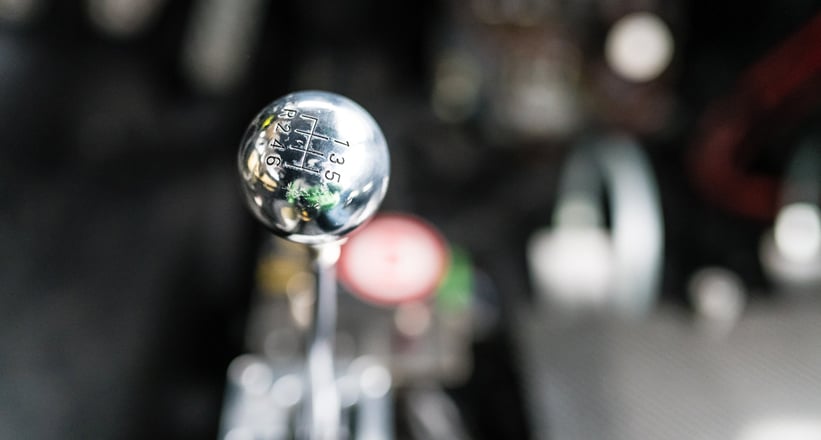
Today, this beautiful and unique piece of motorsport history is for sale with Jan B. Lühn. The car is presented as it raced in 2000, except for the addition of a new roll bar to make it eligible for historic racing, while the old roll bar still accompanies the car. The engine has been recently totally rebuilt and the rest of the car has just been serviced and is prepared to hit the track. Ready to compete in whatever you choose from the Peter Auto Series, Masters Series, historic Daytona 24, the Challenge and GT days as well the German Ferrari Club racing series (just to name a few), this prancing horse has plenty of laps left in it and will surely be a wonderful addition to any great Ferrari collection.





















